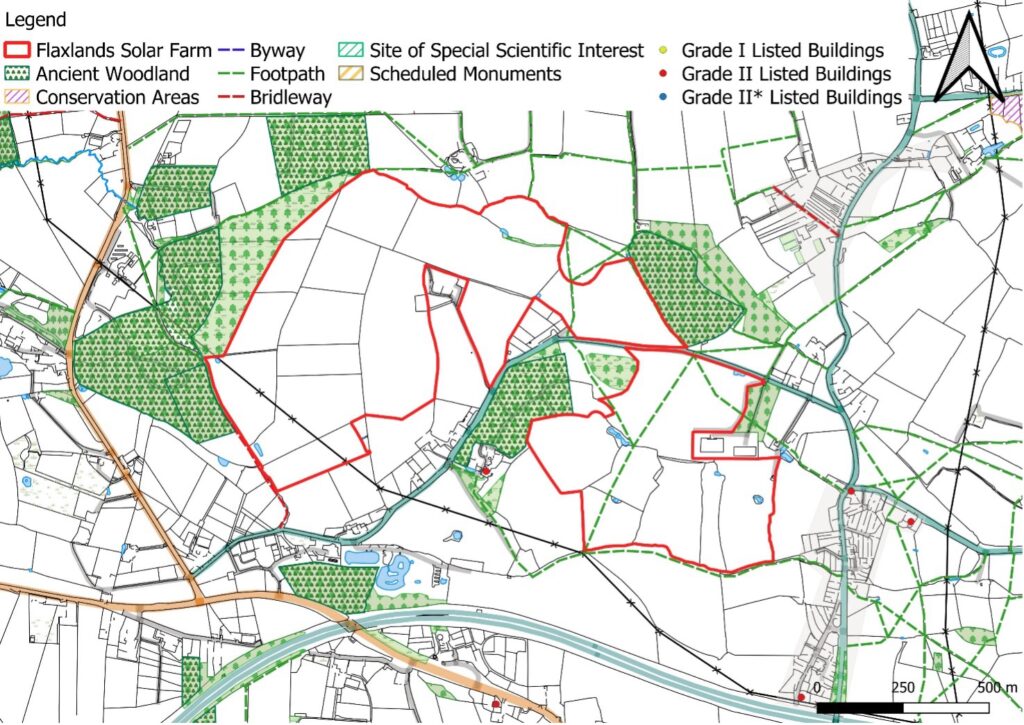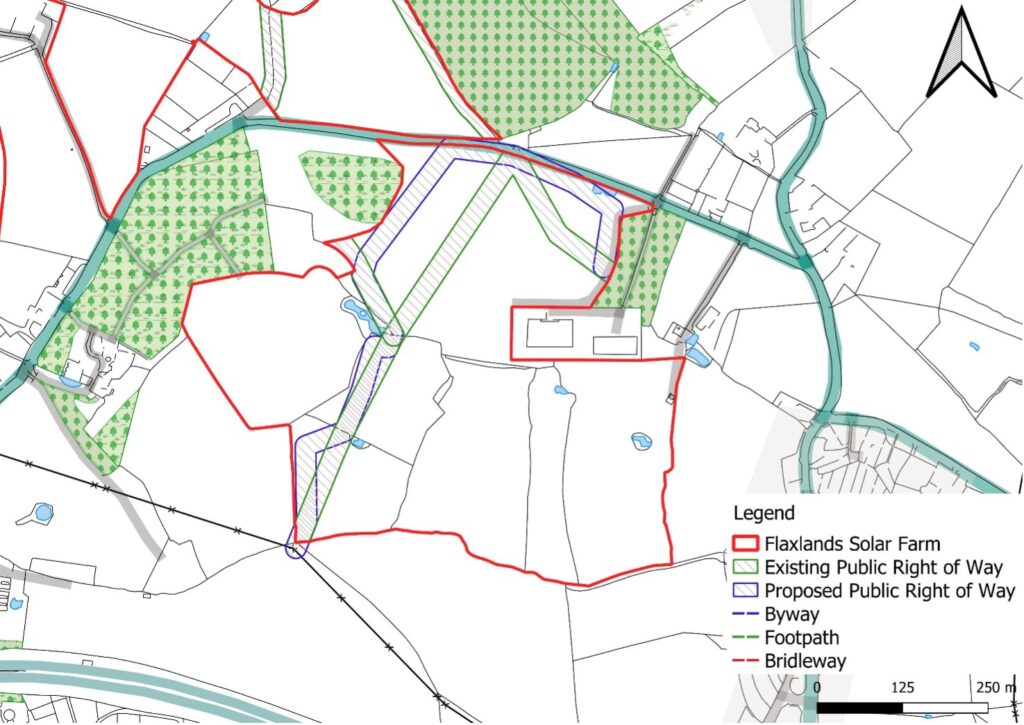How does the solar farm work?
Solar panels are made of photovoltaic cells (which is why generating electricity with solar panels is also called solar PV) that convert the sun’s energy into electricity.
Photovoltaic cells are sandwiched between layers of semi-conducting materials such as silicone. Each layer has different electronic properties that energise when hit by photons from sunlight, creating an electric field. This is known as the photoelectric effect, and this creates the electrical current.
Solar panels generate a Direct Current (DC) of electricity. This is then passed through an inverter to convert it into an Alternating Current (AC), and then to a transformer (sometimes a series of transformers) to upgrade the voltage so that the electricity generated can then be fed into the National Grid.




